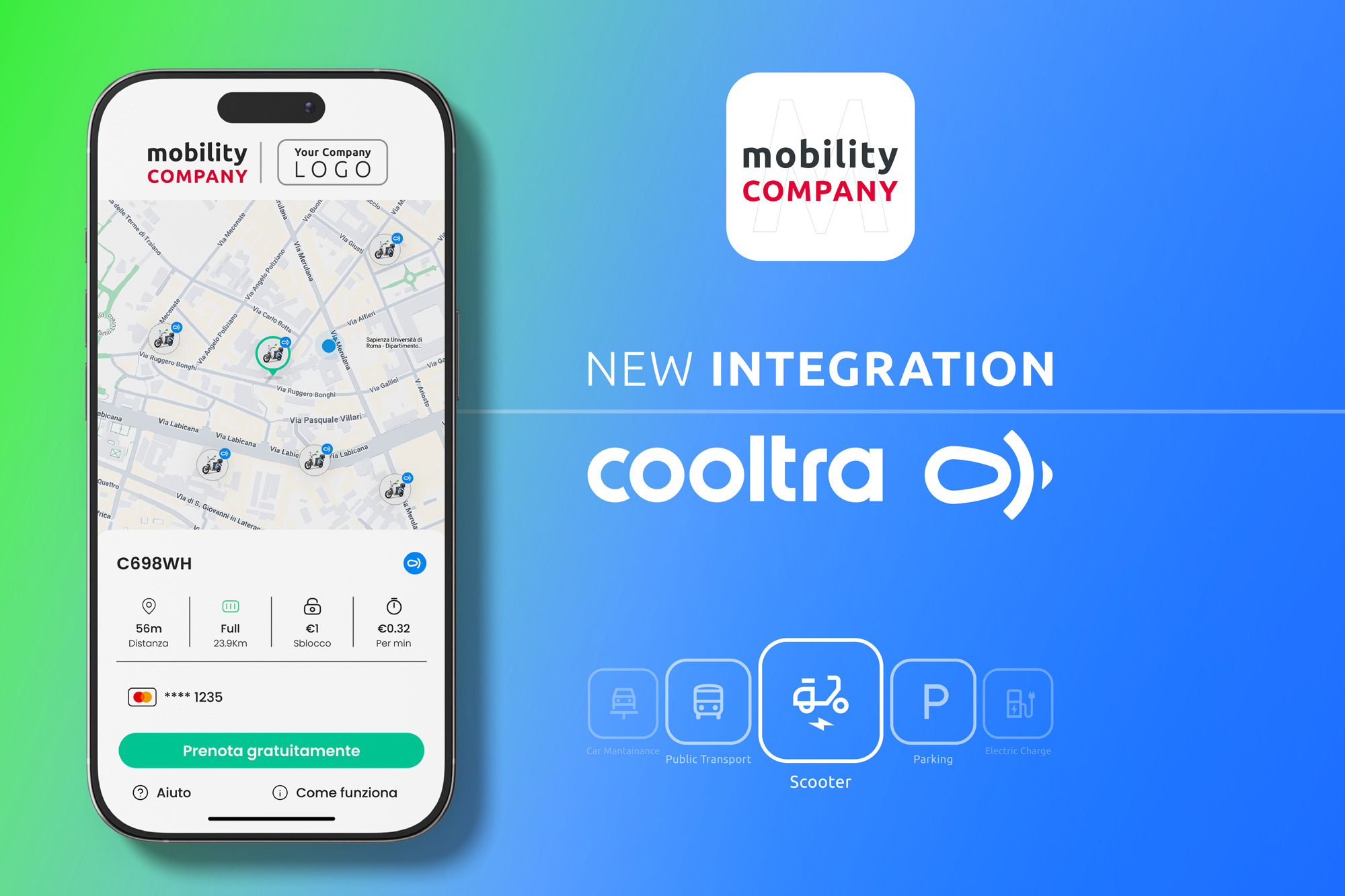
Uber’s mission is to reimagine the way the world moves for the better. But the world moves a lot more slowly when high levels of traffic congestion make travel times long and unpredictable. For decades, city planners, policymakers, and academics have endeavoured to understand the nature of congestion and debated how best to address it.
As a company whose business relies on moving people and goods quickly and efficiently across cities, Uber also has an interest in mitigating congestion to the extent feasible. This involves understanding both its root causes and the role all road users play in contributing to the problem. But it also calls for a reckoning of the key functions of a road network: Uber believes that, contrary to longstanding transportation planning principles, city streets that prioritize moving as many cars as quickly as possible likely fall short on other important objectives such as sustainability, safety, social equity, or public realm. As a result, grappling with congestion is a complicated undertaking that requires both nuanced perspectives on urban mobility and tangible interventions that balance vehicle speed with other social and economic values.
To that end, Uber’s new white paper — Unpacking Congestion: causes, impacts, and solutions — contributes to the congestion debate by delving into the nature of congestion, addressing the role all road users play in it, discussing urban mobility and Uber’s role in it, and putting forth a series of principles that we believe can help mitigate congestion and create a more productive travel experience for everyone.
Source: Uber



